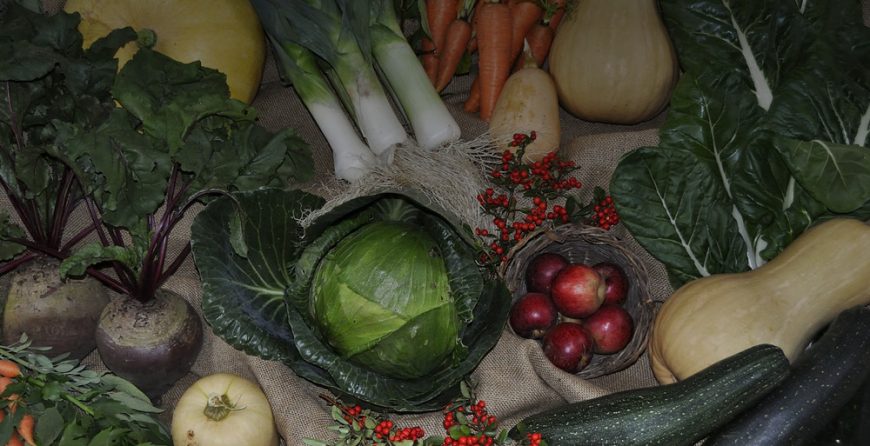 Starting an organic garden for the first time is exciting. For those who have minimal gardening experience, the process can be a little overwhelming, so much so that nearly half the people who start a garden give up before first harvest.
Starting an organic garden for the first time is exciting. For those who have minimal gardening experience, the process can be a little overwhelming, so much so that nearly half the people who start a garden give up before first harvest.
If you’re feeling ambitious but don’t know how to get the groundwork started, we’ve put together the best tips for getting the most out of your organic garden that you possibly can.
Before we get started, it’s important to note that not every aspect of your first garden will be successful. As with anything you do for the first time, there’s a learning curve, so don’t get discouraged if you get a small harvest or none at all. The more you work with your garden and your produce, the more you’ll learn so you can succeed in the future.
Determine the spot
Assuming you’re not limited on space, try to select the best location for your garden. Vegetables need water, sunlight, and well-balanced soil to thrive. As a result, don’t place your garden in the driest or wettest section of your yard.
Prep your soil
Any gardening magazine you pick up, blog post you read, or store clerk you talk to will tell you that the one thing you shouldn’t skip is soil prep. Before you start adding fertilizer or mulch to your garden, it’s important to know where your soil stands. Have a soil test done so you know what nutrients to add.
Decide how organic you’re going
Gardening is fun because it’s full of choices. It’s your garden so you have the ultimate say in what goes in it. One thing you should decide is how organic you want it to be. Do you want your vegetables to turn out as natural as possible or are you willing to compromise? If you want to stay as organic as you can, choose organic fertilizers and make your own organic mulch.
Plan your layout
Before you start working with seedlings, it’s crucial to know what plants are going where. There should be a minimum distance between your individual plants as well as the rows to allow for root and leaf growth. There are several charts online that will tell you how far apart your produce can be placed. You can also ask a staff member when you visit your local garden center.
Choose your varieties
Most fruits and vegetables do very well when grown from seeds. However, there are some plants that can be more difficult. These plants tend to grow well from plantlets. Most stores that sell gardening and agricultural supplies have a wide selection of plantlets and organic seeds. Each one will come with instructions that you should follow.
Get the right tools
One of the easiest ways to frustrate yourself is to use the wrong tools. No matter what you’re planting, you can count on the fact that you’ll need a small trowel, potting soil, and a watering can. These tools will help you get started, so make sure you pick them up right away. Once your plants start growing, you need to prune them. Pick up a nice pair of hori-hori and hand pruners so you can tend to branches and leaves as necessary. Then, pick up a weeder and gardening shears so you can deal with pests if the time comes.


